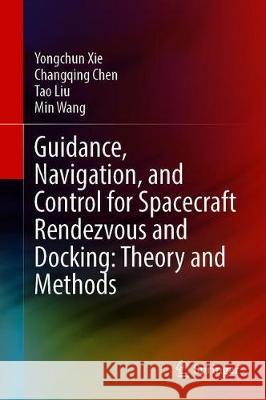Guidance, Navigation, and Control for Spacecraft Rendezvous and Docking: Theory and Methods » książka
topmenu
Guidance, Navigation, and Control for Spacecraft Rendezvous and Docking: Theory and Methods
ISBN-13: 9789811569890 / Angielski / Twarda / 2021 / 495 str.
Guidance, Navigation, and Control for Spacecraft Rendezvous and Docking: Theory and Methods
ISBN-13: 9789811569890 / Angielski / Twarda / 2021 / 495 str.
cena 806,99
(netto: 768,56 VAT: 5%)
Najniższa cena z 30 dni: 693,97
(netto: 768,56 VAT: 5%)
Najniższa cena z 30 dni: 693,97
Termin realizacji zamówienia:
ok. 22 dni roboczych
Bez gwarancji dostawy przed świętami
ok. 22 dni roboczych
Bez gwarancji dostawy przed świętami
Darmowa dostawa!
Kategorie:
Kategorie BISAC:
Wydawca:
Springer
Język:
Angielski
ISBN-13:
9789811569890
Rok wydania:
2021
Wydanie:
2021
Ilość stron:
495
Waga:
0.88 kg
Wymiary:
23.39 x 15.6 x 2.87
Oprawa:
Twarda
Wolumenów:
01
Dodatkowe informacje:
Wydanie ilustrowane











